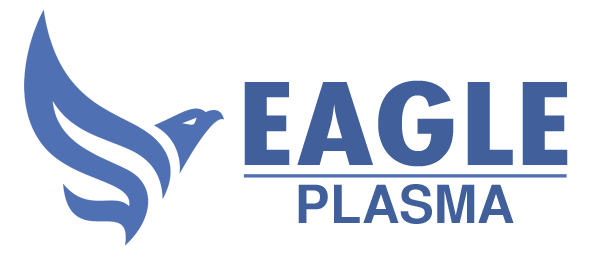I am text block. Click edit button to change this text. Lorem ipsum dolor sit amet, consectetur adipiscing elit. Ut elit tellus, luctus nec ullamcorper mattis, pulvinar dapibus leo.
Videos
For correct operation of the rotary axis, the software limits for each axis must be correctly entered, with the Z axis range being counted from the upper torch position to the axis of rotation.
Below is how the system interprets machine coordinates:
Configuring and preparing the program to work with the rotary axis:
If you are using the system to control both a flatbed table and a rotary machine, it is most convenient to create a separate configuration profile (see instructions).
PLEASE FOLLOW THE ORDER OF ACTIVITIES!!!
1. For optional output select the rotary axis function (BETA)
2. Enter the correct gear ratio for your rotary axis (recommended gear ratio 5 – 10)
3. Check the correctness of the axis rotation (direction and angle of rotation), the left mouse button rotates 45 degrees, the right one nonstop
4. Perform a reference run of each axis (homing)
5. Enter the material parameters
6. Indicate the position of the material using the torch in the X axis (one of the options: left, right or center), I recommend using a laser pointer, and indicate the position of the material in the Z axis (by gently touching the material)
The above operation calculates the distance of the axis from the reference point (HOME) of the X axis, this value can be modified / set manually in the special options tab:
The operations in point 6 determine the position of the axis of rotation, which is very important for the operation of the machine and must be performed as carefully as possible.
8. The MIX X+A axis mixing button allows you to check the correctness of the entered data/positioning. To do this, place the tool above the base (top) wall and then press the axis binding button. Thanks to this, the A and Z axis will also be started using the right and left arrows to check whether the movement around the profile is correct. This function can be used to cut the profile manually (round).
9. Import the project file (its extension):
If necessary, turn off the auxiliary lines/outline ( DISABLE FUNCTION ).
You can check the correctness of the import in the 3D preview
